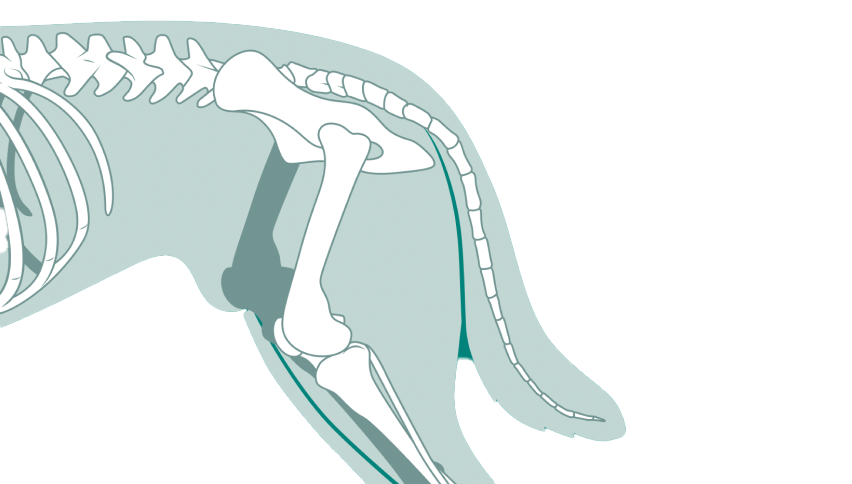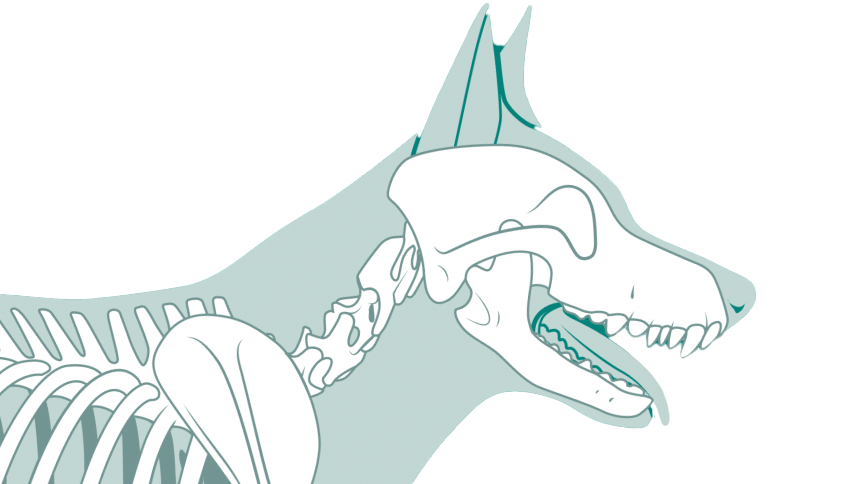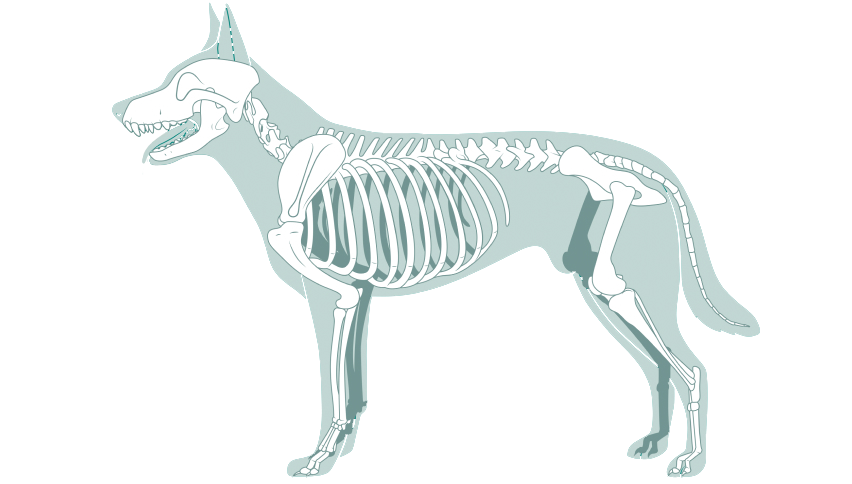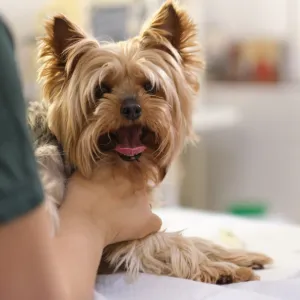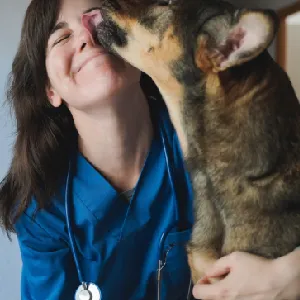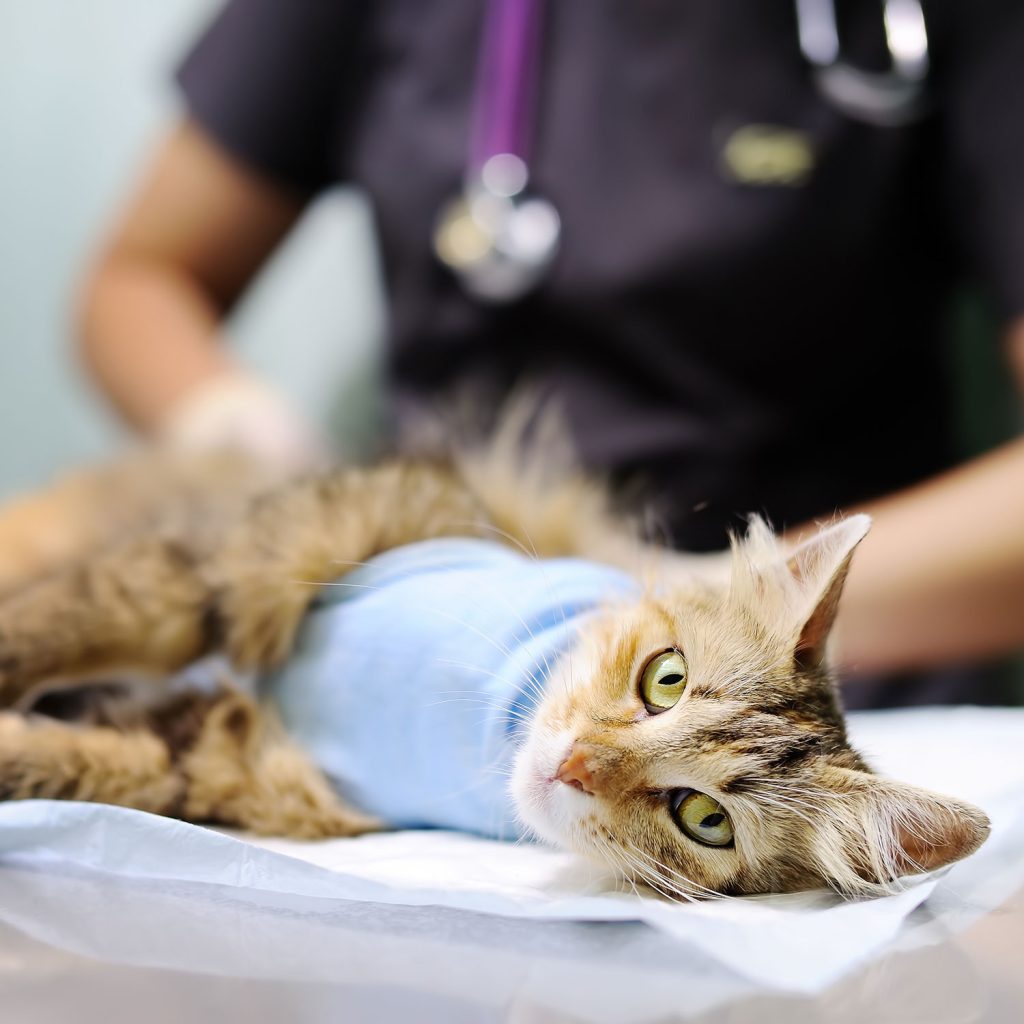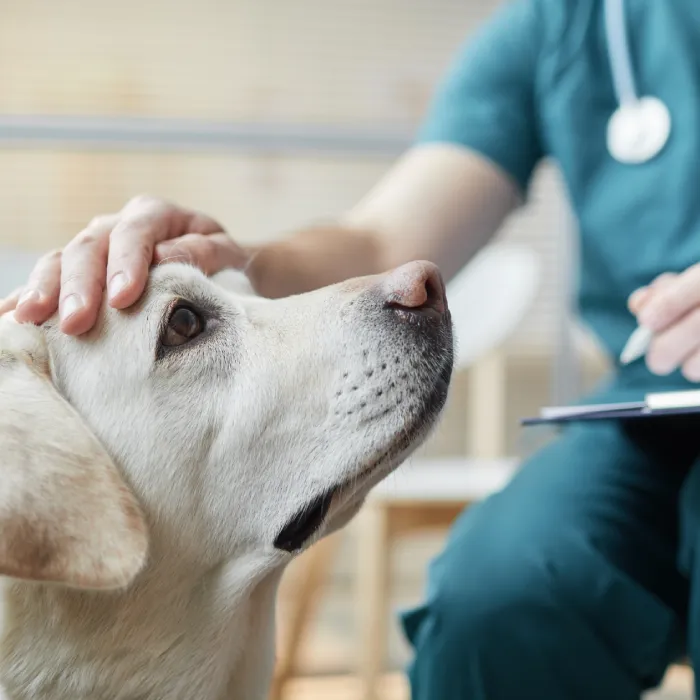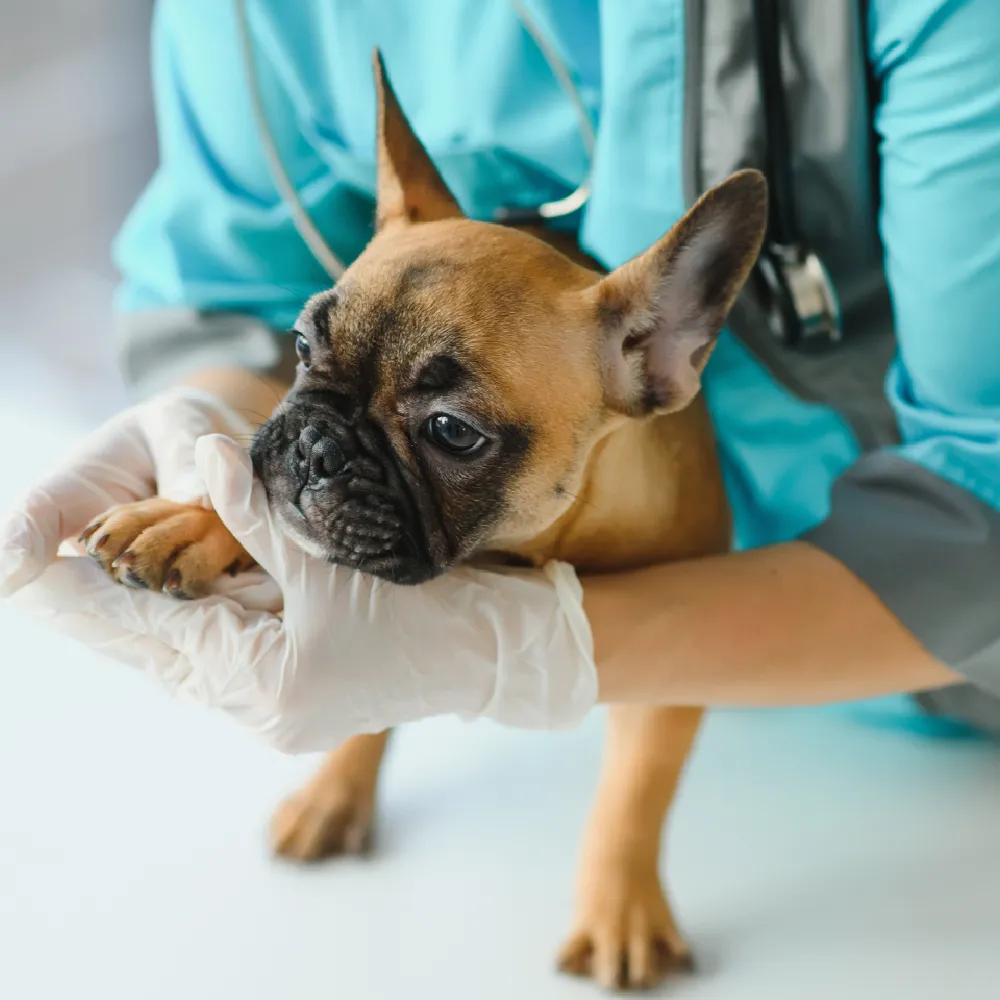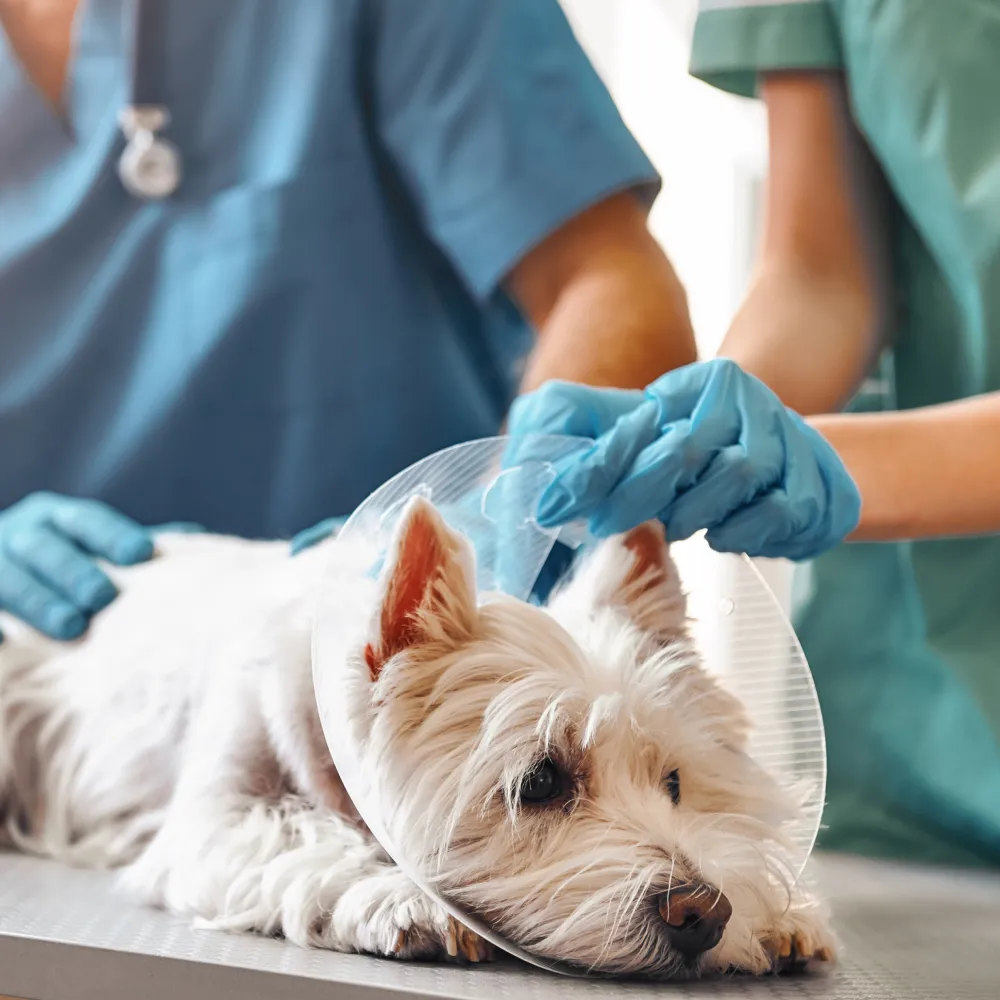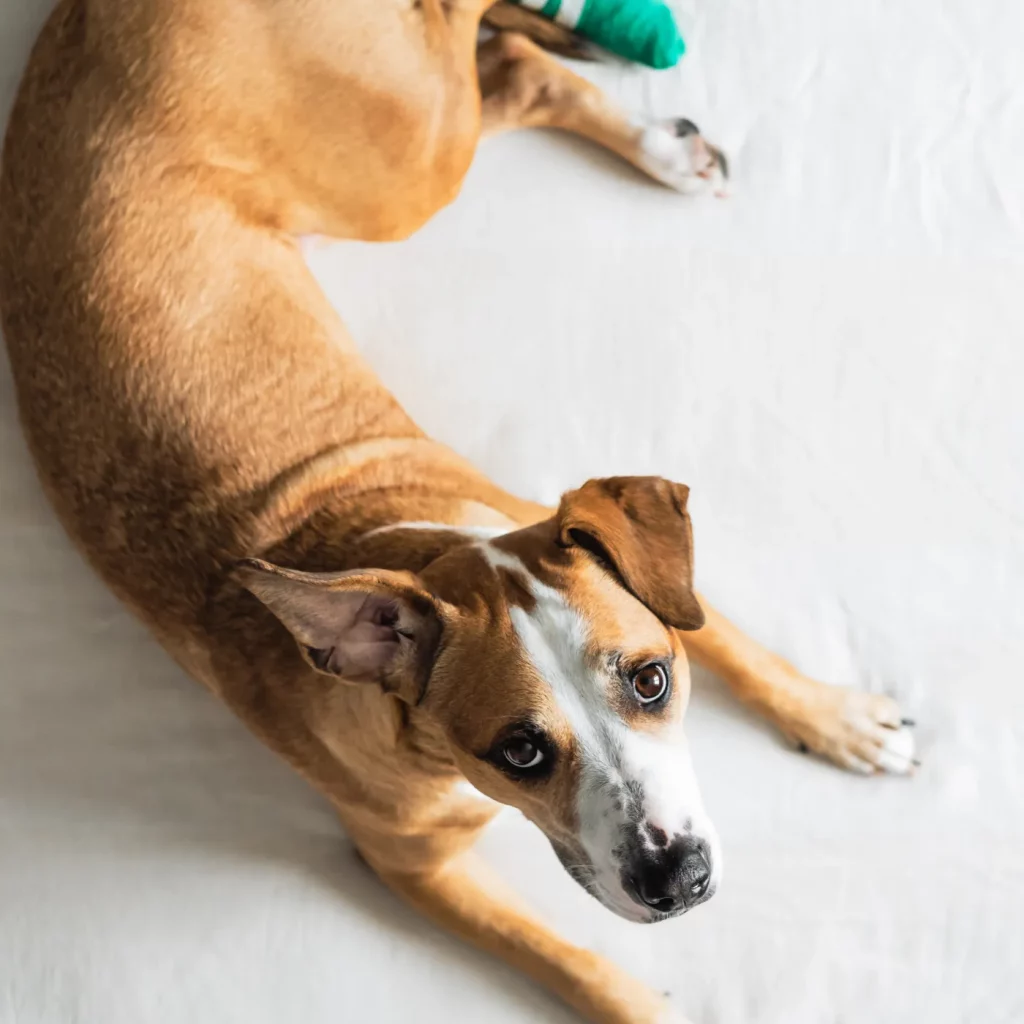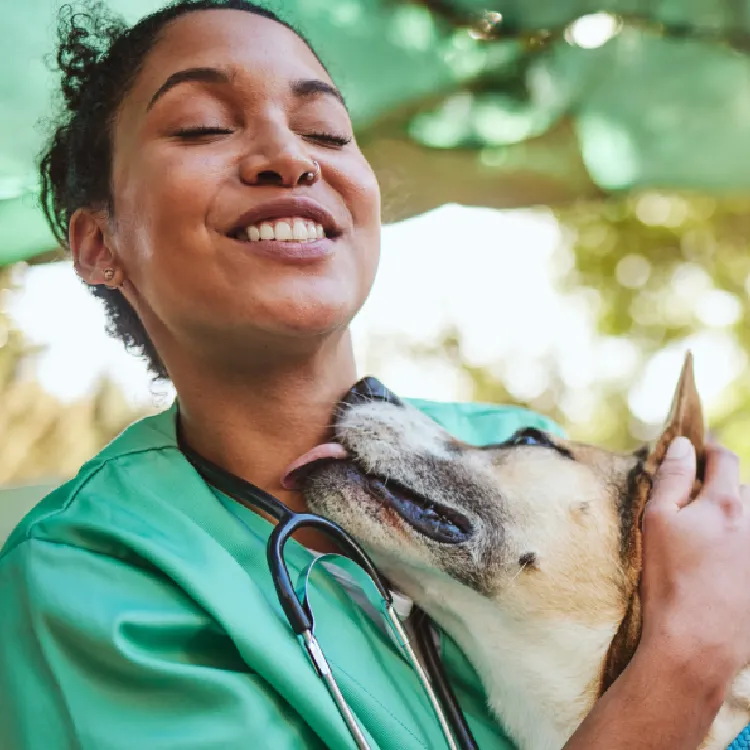Lumbosacral stabilization is performed to correct instability and degenerative changes at the lumbosacral junction, where the lumbar spine meets the sacrum. Instability in this area can cause pain, nerve root compression, and reduced mobility, particularly in active or working dogs.
The surgery begins with an incision over the lumbosacral area to expose the affected region. The surgeon uses screws, rods, or specialized plates to stabilize the lumbosacral joint. In some cases, additional procedures like laminectomy or diskectomy may be performed to decompress the spinal cord or nerve roots. Bone grafts may also be added to encourage fusion between the vertebrae, providing long-term stability.
The implants are securely placed to prevent movement between the vertebrae, protecting the spinal cord and nerves from further irritation or damage. Advanced imaging techniques may be used during surgery to ensure precision.
Lumbosacral stabilization is recommended for pets with confirmed instability at the lumbosacral junction, typically caused by degenerative lumbosacral stenosis, trauma, or recurring nerve root compression. It is especially beneficial for pets with significant neurological symptoms, chronic pain, or those whose conditions have not improved with medical management or decompression alone.
Candidates for the procedure are carefully selected after thorough imaging studies, such as MRI or CT scans, and a neurological evaluation.
Diagnosis includes advanced imaging to evaluate the extent of instability or nerve compression. Once surgery is recommended, pre-surgical tests ensure the pet is healthy enough for the procedure.
Post-surgical care involves controlled activity to allow proper healing. Physical therapy is essential to rebuild muscle strength, improve mobility, and enhance overall recovery. Follow-up visits assess healing progress, monitor the fusion process, and evaluate the effectiveness of the stabilization. Most pets return to their normal activities with reduced pain and improved function.
Our areas of expertise
Transforming the way orthopedic care is delivered
For Vets
Refer your patients to our specialists using our streamlined online portal.
Referral portalFor Pets
Request a consultation or prepare for surgery with us and experience expert compassionate care every step of the way.
Request a consultation